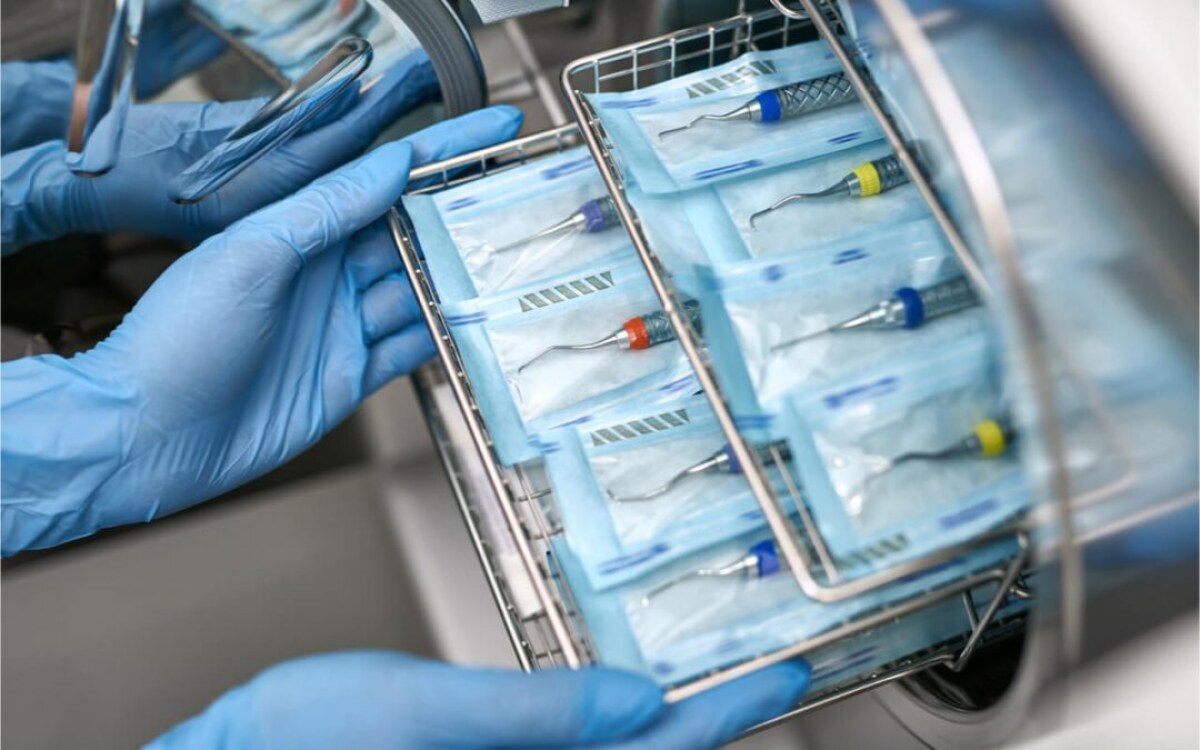Illnesses and toothbrushes: The effects of bacteria and ways to stay healthy
Illnesses and toothbrushes: The effects of bacteria and ways to stay healthy
Wintertime brings colds, flu, and other illnesses. While the ways to keep toothbrushes clean are still debated, there are some general guidelines you can share with patients.
Wintertime is often known as cold and flu season—a time when there is an increase in viral infections. Medical professionals report that the average American adult has two to three colds a year, while a child may have more.1 One report noted an annual average of 8% of the American population contracts the influenza virus.2
Scientists attribute the increased spread of viral illness to lower humidity and the population being in closer contact indoors during the winter months.3 When patients feel unwell, it is advised that they stay away from dental offices and clinics until the contagious period is over, typically when symptoms subside and they feel better. Some patients may end up in the dental chair after recovering from a viral illness and ask if they need to change their toothbrush since they’ve been sick. Science shows there’s still debate as to whether changing toothbrushes after an illness is necessary.
When should toothbrushes be changed?
Every dental and medical professional now agrees that toothbrushes should be replaced every three to four months. After that time, toothbrushes should be replaced, as their bristles are likely to have worn down or changed shape, and they are less effective at removing dental biofilm and food debris.5 Admittedly, viruses can survive on toothbrushes for a few days, but due to the memory effect of the antibodies, the chances of the patient getting rid of the virus and then being re-infected are slim.
Translated with DeepL.com (free version)
Not all illnesses are the same
However, not all diseases are the same and therefore bacterial infections need to be examined more closely when it comes to toothbrushes and reinfection. Bacterial infections are more likely to re-infect patients because they can multiply their own food and survive for a long time on the toothbrush6.
It is crucial that patients seek medical attention and are examined to find out what they have been diagnosed with. Have they taken antibiotics? If a patient says they have recently taken antibiotics to treat an illness, the dental professional should advise them to change their toothbrush. Additionally, dental professionals must remind patients that while they may have antibodies to a viral infection, others in their family may not.
Best practices for dental professionals
Dental professionals should use their best judgement when helping patients decide what to do with their toothbrushes after getting sick. Ask the patient if antibiotics are necessary to treat the illness or if multiple members of the family are also sick. Doing so may help determine if the toothbrush is safe or if it needs to be replaced. The dental professional may also remind the patient that daily habits such as letting the toothbrush air dry can help keep it clean. Explain to patients that it is not advisable to put their toothbrushes in the dishwasher, microwave or mouthwash. Most importantly, advise patients to change their toothbrush every three months. Regardless of whether they are sick or not, it is always a good thing to change their toothbrush regularly.


